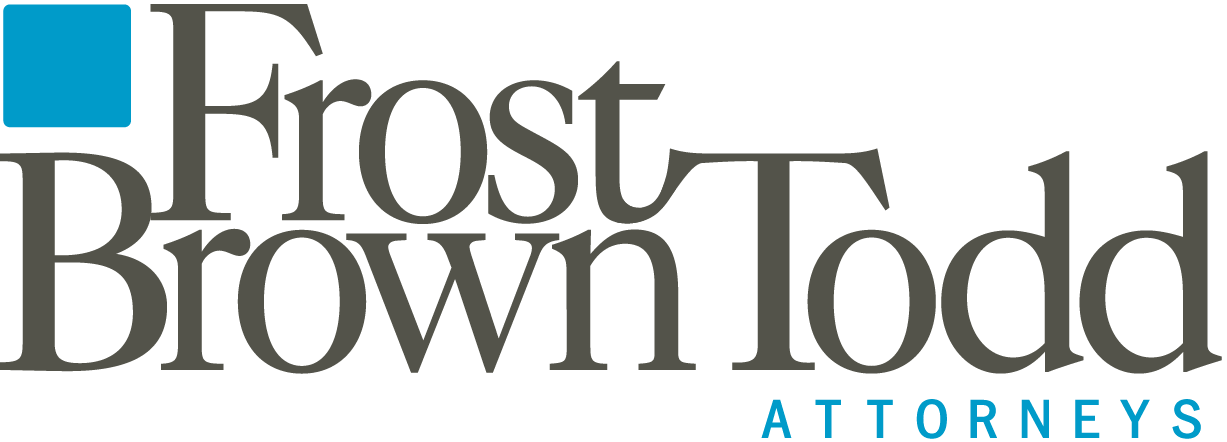While unclear whether the decision applies outside of New York, a New York federal judge invalidated four parts of the DOL’s implementing regulations (i.e., Final Rule) that provided interpretative guidance of the Families First Coronavirus Response Act (FFCRA). State of New York v. U.S. Department of Labor, 20-CV-3020 (8/3/2020).
Until the geographic scope of this decision is resolved, employers need to monitor the DOL’s next steps (e.g., seek a stay, appeal the decision, create new rules, issue interim guidance). They also must determine the decision’s impact on any applicable state/local (“mini-FFCRA”) laws that specifically adopted the four invalidated Final Rule provisions. The invalidated provisions are summarized below.
Work-Availability Requirement Removed
The FFCRA Final Rule provides that employees are not entitled to Emergency Paid Sick Leave (EPSL) if their employer does not have work for them (either at the worksite or telework) when they take leave for three of the six qualifying reasons: (1) subject to government quarantine or isolation order; (2) care for an individual subject to a government quarantine or isolation order or who has been advised by a health care provider to self-quarantine; or (3) care for a child due to school/place of care closing or unavailability of child care provider. The same “does not have work” limitation also applied to the Emergency Family Medical Leave Expansion Act (EFMLA). 29 CFR §§826.20(a)(2), (6), (9), (b)(1).
The court rejected the DOL’s argument that whether an employee was entitled to leave should depend on whether the employer had work available instead of determining whether the employee fits within one of the qualifying reasons for leave under the FFCRA. According to the court, if an employee meets one of the qualifying reasons under either law, then they are entitled to take leave even if the employer has no work for them (e.g., employee on temporary layoff due to lack of work; subject to shelter-in-place order).
This decision appears to run contrary to the FMLA’s regulations which provide that periods of time when an employee would not otherwise be expected to work should not count against his/her FMLA leave entitlement. 29 C.F.R. §825.200(h).
Definition of “Health Care Provider” Too Broad
The Final Rule defined “health care provider” (who can be excluded from FFCRA benefits) in a very expansive manner. 29 C.F.R. §825.30(c). According to the court, the DOL conceded “that an English professor, librarian, or cafeteria manager at a university with a medical school would all be ‘health care providers’ under the rule.” Casting aside this “vastly overbroad” definition, the court emphasized the employee must be capable of furnishing healthcare services — “not that their work is remotely related to someone else’s provision of healthcare services” in order to be excluded as a health care provider.
Because the Final Rule’s definition was rejected, the FMLA’s much narrower definition of “health care provider” would apply. 29 U.S.C. §2611(6) and 29 C.F.R. §825.125. Accordingly, lower level, but no less important, direct care positions (e.g., RNs, CNAs, medical technicians) now may be entitled to EPSL and EFMLA leave.
Employer Consent For “Childcare” Intermittent Leave Not Required
Surprisingly, the FFCRA does not address intermittent leave. The Final Rule filled in that statutory gap. 29 C.F.R. §826.50(a)-(c). First, it barred intermittent leave for qualifying reasons that logically correlated with a higher risk of viral infection (e.g., subject to government quarantine or isolation order; healthcare provider advises to self-quarantine; seeking medical diagnosis due to COVID-19 concerns; taking care of an individual subject to quarantine or an isolation order; employee experiencing a substantially similar condition). The court did not take issue with that prohibition.
Second, the Final Rule permitted intermittent leave if the employer and employee consent and the employee is working on-site (or teleworking) and the need for “childcare” intermittent leave is triggered by a school or place of care closure or the child care provider is unavailable due to COVID-19-related reasons.
Because this limitation did not implicate the same viral transmission risk referenced above, the court determined the “blanket employer consent” requirement was “entirely unreasoned.” Employers should be cautious about denying intermittent leave requests focused on the unavailability of childcare or school/place of care closures due to COVID-19-related reasons.
Documentation Not Required Prior to Taking Leave
The Final Rule required employees to submit supporting documentation prior to taking leave. 29 C.F.R. §826.100. The court determined this requirement ran contrary to the EPSL (“follow reasonable notice procedures” after the first (full or partial) workday the employee receives EPSL) and the EFMLA (provide notice “as is practicable”.) See EPSL Section 5110 (E) and EFMLA Section 110(c).
To the extent the Final Rule’s documentation requirement imposed “a different and more stringent precondition to leave”, the court held it ran contrary to the FFCRA’s statutory language and voided it. Employers who previously required documentation prior to taking leave should now reconsider that practice.
Now What?
Unfortunately, there is no definitive answer. This decision has generated more uncertainty in an already uncertain legal landscape. Does the decision have a national geographic scope? Will other federal courts, in other states, accept or reject this decision? Could employers be held liable retroactively to the FFCRA’s April 1, 2020 effective date if they made decisions based on the vacated provisions? Will the DOL appeal this decision? Will the DOL address this decision with modified emergency guidance? Will the DOL adjust its enforcement of its Final Rule and, if so, how will it do so?
Unless there is a legal stay — while (and if) this decision is appealed, or the DOL simply rectifies the targeted Final Rule provisions with new interim guidance, employers may consider taking a more risk-averse approach. Under that approach, employers would comply with this court’s opinion (assuming it has a nationwide impact) until the scope and effect of this decision has been addressed by the courts and/or by the DOL.
